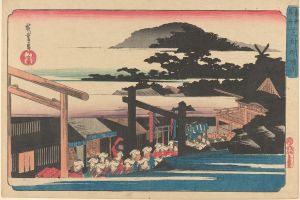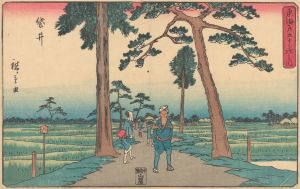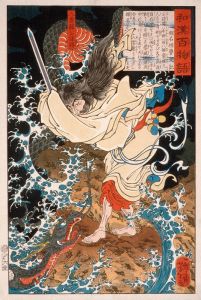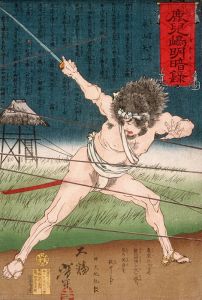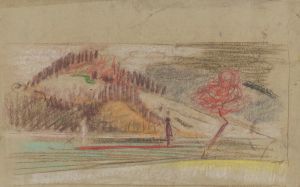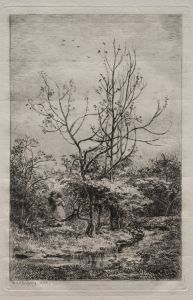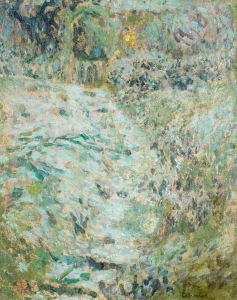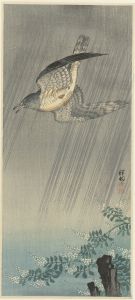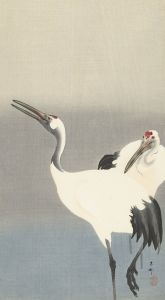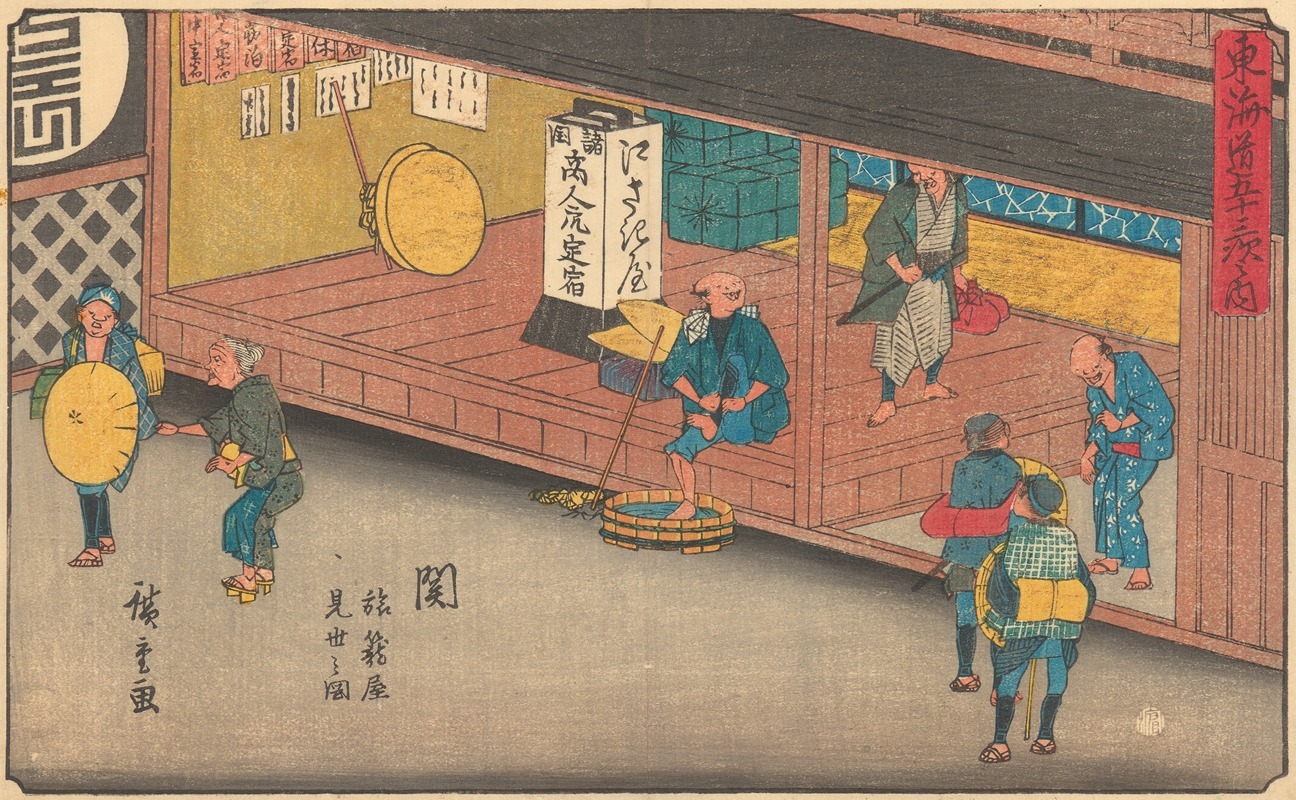
Seki
A hand-painted replica of Andō Hiroshige’s masterpiece Seki, meticulously crafted by professional artists to capture the true essence of the original. Each piece is created with museum-quality canvas and rare mineral pigments, carefully painted by experienced artists with delicate brushstrokes and rich, layered colors to perfectly recreate the texture of the original artwork. Unlike machine-printed reproductions, this hand-painted version brings the painting to life, infused with the artist’s emotions and skill in every stroke. Whether for personal collection or home decoration, it instantly elevates the artistic atmosphere of any space.
"Seki" is a woodblock print by the renowned Japanese ukiyo-e artist Andō Hiroshige, part of his celebrated series "The Fifty-three Stations of the Tōkaidō" (Tōkaidō Gojūsan-tsugi), which was first published in the 1830s. This series is one of Hiroshige's most famous works and is a quintessential example of the ukiyo-e genre, which flourished during the Edo period in Japan.
Andō Hiroshige (1797–1858) was a master of the ukiyo-e style, known for his landscapes and depictions of everyday life. His work is characterized by its use of vibrant colors, attention to detail, and ability to capture the transient beauty of nature and the changing seasons. Hiroshige's prints were influential both in Japan and abroad, impacting Western artists such as Vincent van Gogh and Claude Monet.
"The Fifty-three Stations of the Tōkaidō" series depicts the various post stations along the Tōkaidō road, which was the main travel and transport route between Edo (modern-day Tokyo) and Kyoto during the Edo period. The series consists of 55 prints, including the starting point at Nihonbashi in Edo and the terminus at the Sanjō Bridge in Kyoto, along with the 53 stations in between.
The print "Seki" represents the 47th station on the Tōkaidō road. Seki-juku, located in present-day Kameyama, Mie Prefecture, was historically significant as a checkpoint town where travelers' passes were inspected. This station was known for its strategic importance and bustling activity, as it was a place where travelers would rest and prepare for the journey ahead.
In Hiroshige's depiction of Seki, the artist captures the essence of the station with his characteristic style. The print typically features travelers and local inhabitants engaged in various activities, set against a backdrop that highlights the natural beauty and architectural elements of the area. Hiroshige's use of perspective and composition draws the viewer into the scene, providing a glimpse into the life and landscape of Edo-period Japan.
Hiroshige's "Seki" print, like others in the series, is notable for its ability to convey a sense of movement and atmosphere. The artist's skillful use of color and line work creates a dynamic scene that reflects the vibrancy and diversity of life along the Tōkaidō road. The series as a whole offers a comprehensive visual journey through the landscapes and cultural landmarks of Japan during this period.
"The Fifty-three Stations of the Tōkaidō" series was highly popular in Hiroshige's time and remains a significant cultural artifact today. It provides valuable insights into the travel, geography, and daily life of Edo-period Japan, as well as showcasing Hiroshige's artistic talent and his contribution to the ukiyo-e tradition. The "Seki" print, along with the rest of the series, continues to be celebrated for its historical and artistic significance, attracting the interest of art historians, collectors, and enthusiasts worldwide.





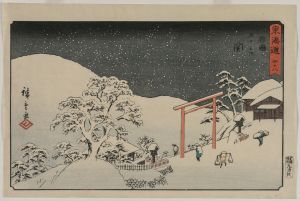
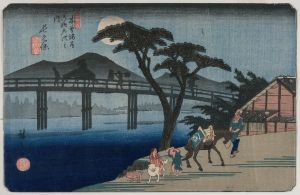
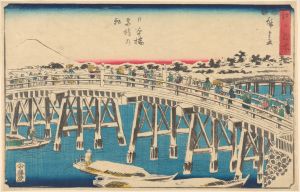
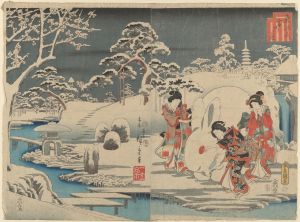
![Tora-no-mon-gai; Aoi Hill, Outside the Tiger Gate [Tora-no-mon]](/imgs/213040/s/ando-hiroshige-toranomongai-aoi-hill-outside-the-tiger-gate-toranomon-6629cde0.jpg)
